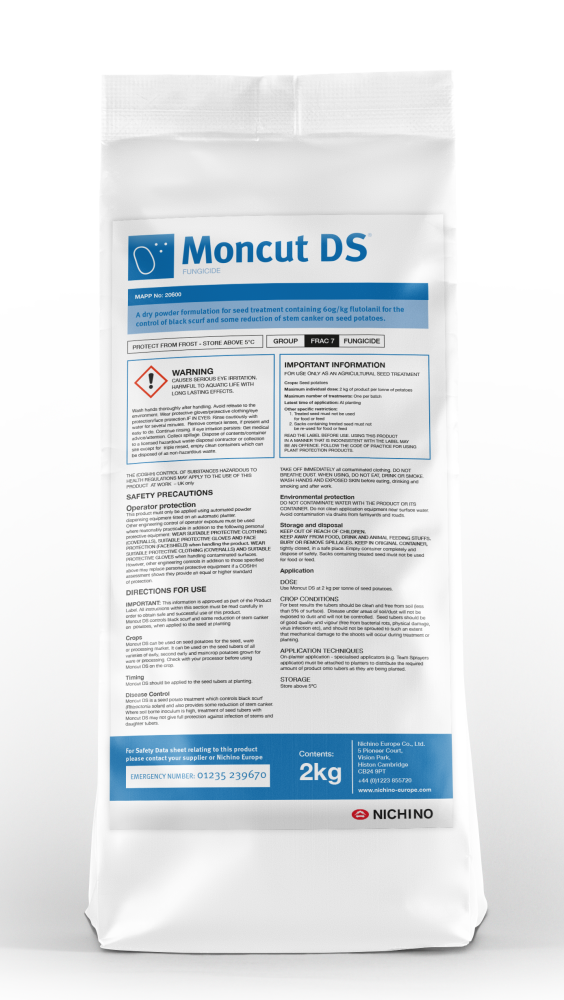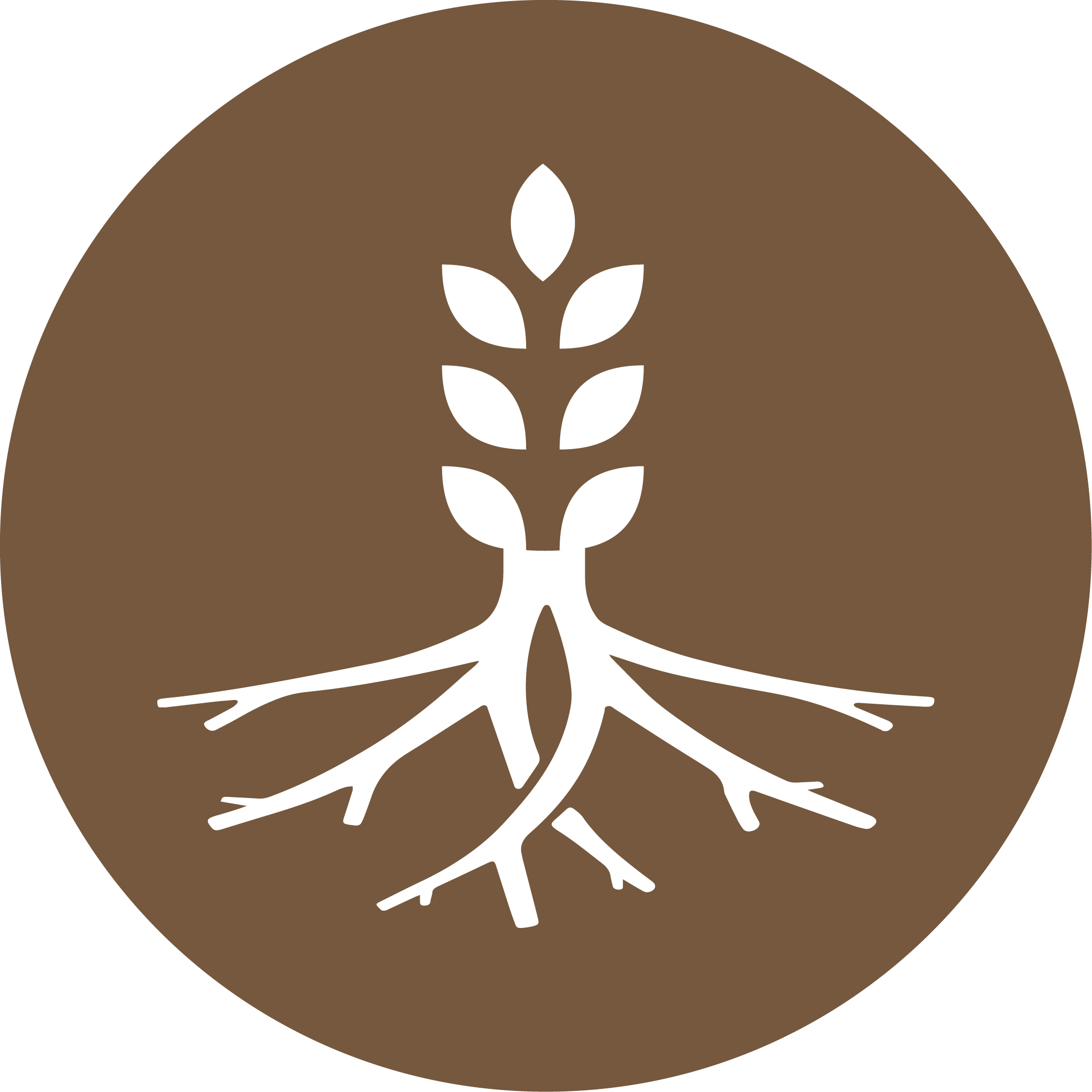Rhizoctonia solani, also known as black scurf, remains an important disease to control in potatoes – especially during the emergence of the new shoots. The consequences of Rhizoctonia solani can be devastating with damaged or lost shoots always resulting in less yield. Don’t let this disease compromise the start of your potato growing season.
Rhizoctonia: often present, rarely noticed.
One of the main challenges with Rhizoctonia is that it often goes unnoticed until severe damage has already occurred. Other seed related diseases such as Silver scurf (Helmintosporium solani) and Dry rot (Fusarium sp.) are more readily identified during seed inspection. But when it comes to Rhizoctonia, this is not always the case. On one hand Rhizoctonia forms the characteristic black sclerotia which are most clearly visible after washing some seeds. On the other hand, Rhizoctonia can be present without visible sclerotia – hiding in small cracks and crevices on the skin or present as mycelium which is invisible to the naked eye. Do not be fooled by this disease this spring; it is very often present, but rarely noticed. In fact, most of the time it is only observed when the field shows an irregular emergence, but by then it is too late to treat this disease. So more than ever, prevention and monitoring are key strategies to tackle this issue. Checking your seed lot is an important first step to assess the potential Rhizoctonia risk but be aware that seed potatoes without black sclerotia can still be infected. While seed borne infection is most common, fields with a short potato rotation are also vulnerable to soil-borne Rhizoctonia. The pathogen can survive in the soil on the degrading potato tissue, and this can infect the newly planted seeds if conditions are right. Maintaining a good crop rotation is a key strategy to avoid Rhizoctonia infections.
Moncut: The market reference for Rhizoctonia control
Rhizoctonia can be effectively managed with a fungicidal treatment applied to the seed potato. For many years, products based on the active substance Flutolanil have been widely used and recognised for their excellent protection against Rhizoctonia. Flutolanil belongs to the group of SDHI fungicides and provides a strong and long-lasting effect on this particular disease. By its long-lasting effect, flutolanil protects the seed, shoots, and daughter tubers throughout their lifecycle. Flutolanil is currently marketed under the brand names Moncut DS (dry powder formulation) and Moncut Max (liquid SC formulation). To achieve optimal results, it is important to ensure thorough coverage of the seed potato. As mentioned earlier, Rhizoctonia can hide in small spaces, so treating the seed all the way around ensures the best possible control.

Did you know? A tuber treatment with Moncut not only protects against potential soil-borne infections, but also creates a protective zone around the seed and shoots within the ridge—reducing the risk of soil-based inoculum attacking young shoots when applied correctly.
Oliver Johnson, Commercial Technical Manager







